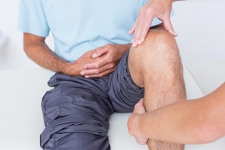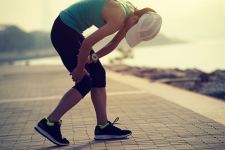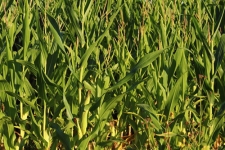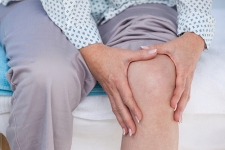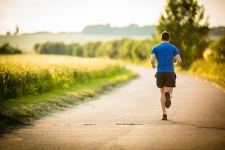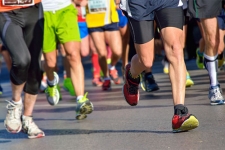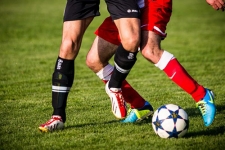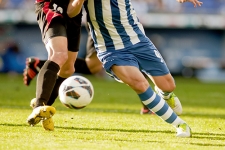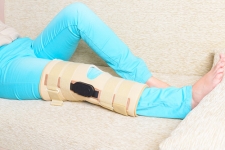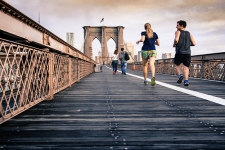Common Causes of Knee Pain
The knee is a complex system, with multiple ligaments working in conjunction with one another, so it does not take much to throw everything out of whack. Most people are familiar with knee issues through sports, whether that be from personal experience, or hearing about running backs tearing their ACL, but we have listed out some of the most common knee injuries:

